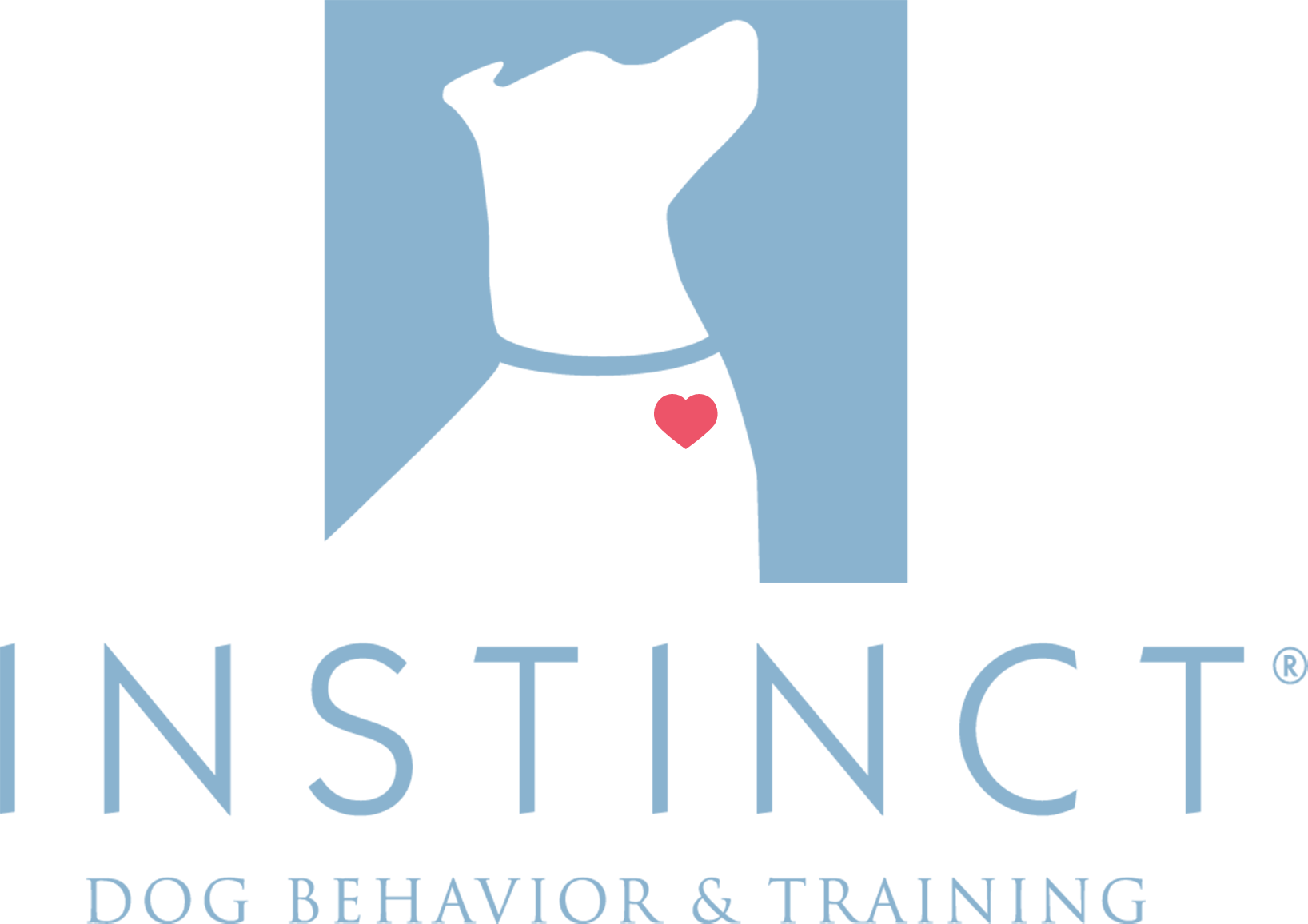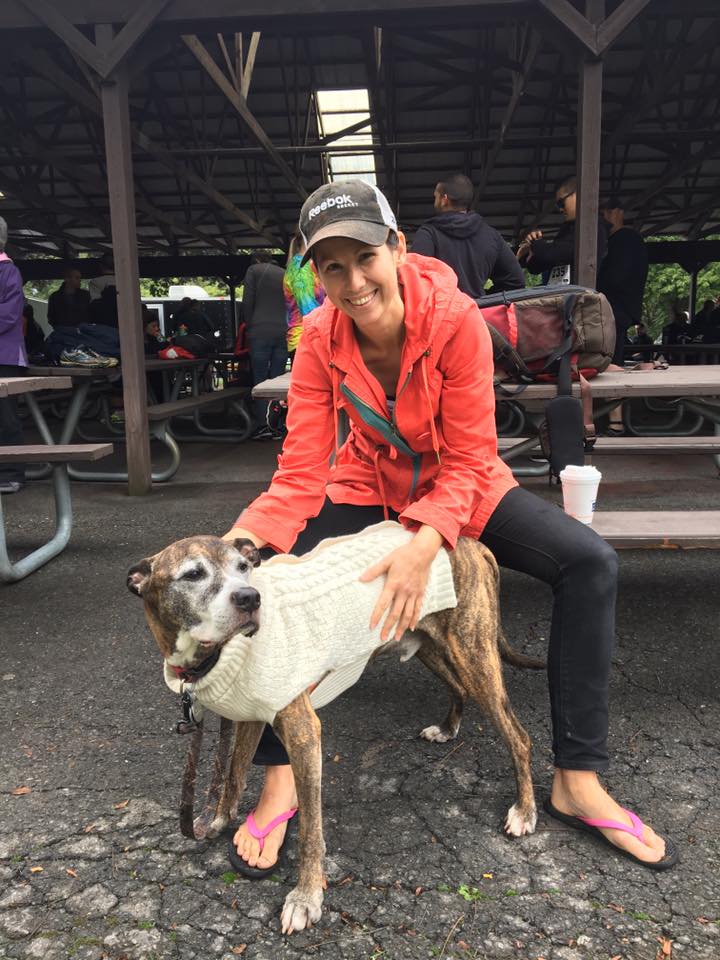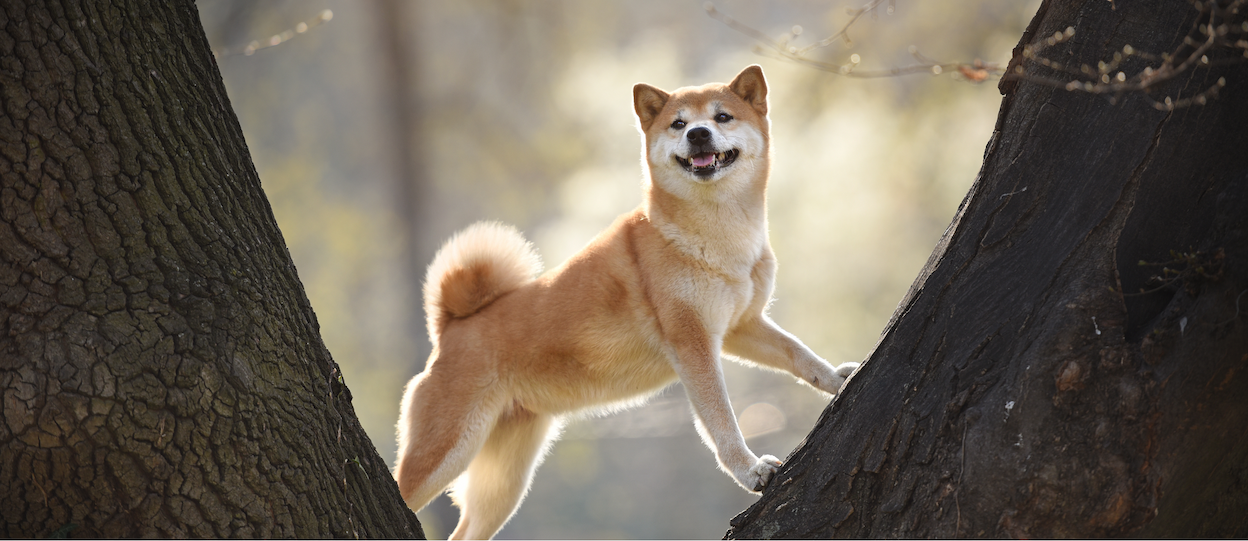
Welcome to this week’s blog.
This week, we’re exploring whether our dogs can develop preferences for other dogs based on breed alone. Scroll all the way to the end for a bonus section on what to do if you feel your dog’s breed/mix results in them constantly getting barked at by other dogs.
This was a fun topic, and one that I walked away from with a resolution to take a more refined, nuanced approach to discussing breed likes & dislikes with future clients.
Happy Reading,

Can Dogs Have Breed-Based Preferences?
Do dogs really dislike other dogs based on their breed alone?
It depends who you ask. Leading canine scientists say there isn’t much compelling evidence that dogs differentiate between different breeds, suggesting that a dog’s opinion of another dog—positive or negative—is unlikely to be determined by that dog’s breed/mix.
But according to many dog owners, the answer is a resounding YES! Clients of dog-reactive dogs who completed our pre-consult Behavioral Health Assessment call out the following breeds as prime targets for increased levels for reactivity from their own dogs:
- 1st place: German Shepherds (13.2% of respondents)
- 2nd place: Huskies (11.4% of respondents)
- 3rd place: a tie between Doodles and Pit bull-types (9.4% and 9.3% of respondents, respectively)
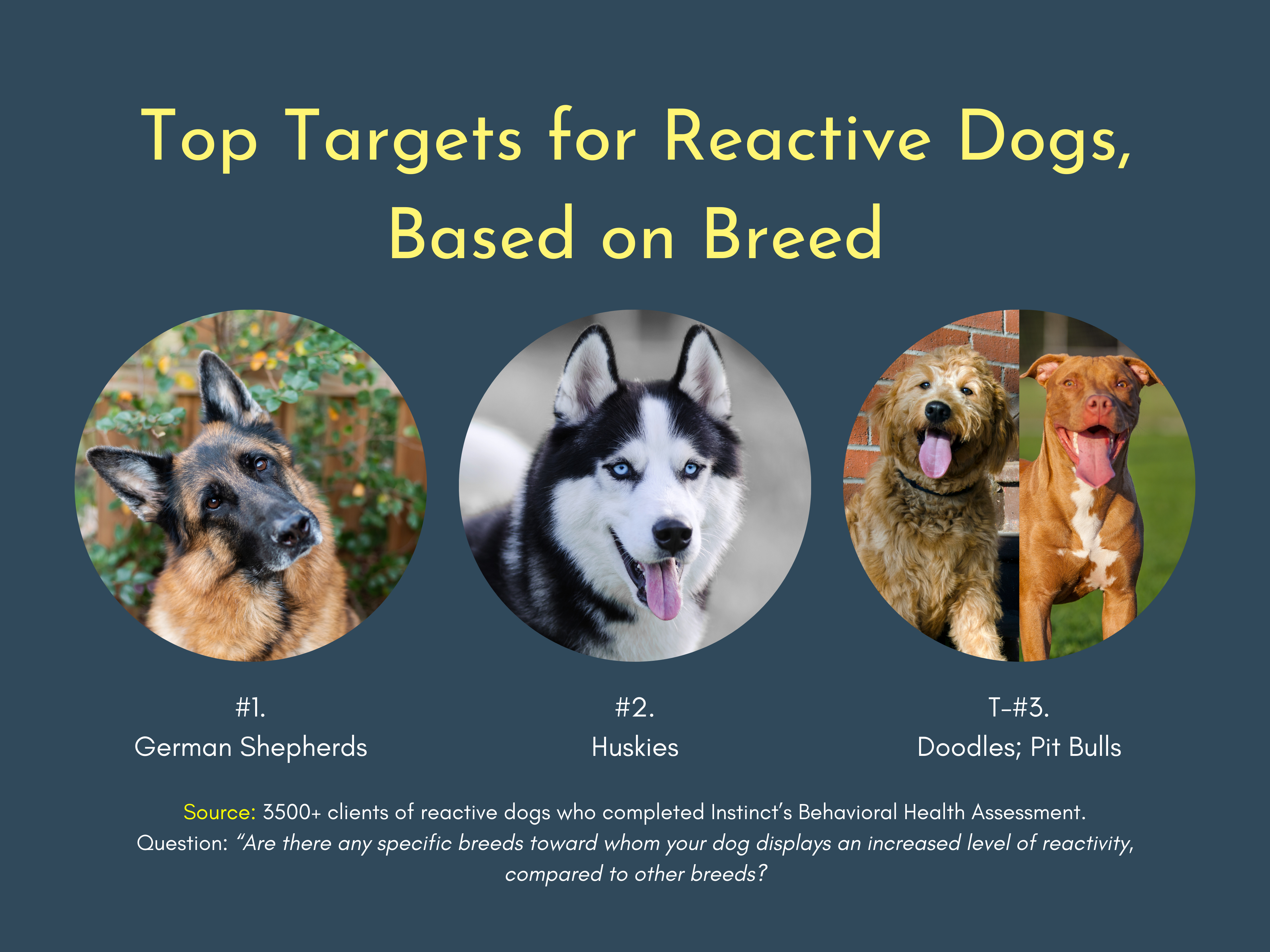
Breed Preference or Something Else?
Why the discrepancy between scientific opinion and dog owner beliefs about our dogs’ breed-based preferences? Based on our experience, there are probably a few things happening that explain the difference.
We examine three of these likely reasons below (for more potential explanations, visit here and here). The first two suggest how we might falsely conclude that our dog has a breed-based preference. The third explores why using breed alone to specify preference often leads to an incomplete, oversimplified view of our dogs’ likes and dislikes when it comes to other dogs.
I. Breed Popularity
It is worth considering that we might develop the (incorrect) belief that our dog is particularly reactive toward a certain breed/mix of dog simply because that breed is really popular: our dogs encounter a whole lot of them on walks, and so it just works out that our dogs also react to a lot of them on walks.
Let’s consider doodles, for example, who tied for third on our list of breeds/mixes most likely to elicit increased reactivity from other dogs. In most cities and towns across the country, it’s nearly impossible to walk down the street without passing a doodle or two (or ten). Goldendoodles alone were ranked as one of the top 5 dog breeds in the US in 2021, according to Rover—and that doesn’t factor in other popular poodle combos like Labradoodles, sheepadoodles, and so on.
If your dog encounters 8 dogs on a walk and 6 of them are doodles, it’s likely to work out that they react more frequently to doodles than to other breeds. It’s easy to see how one might start to assume their dog is especially reactive to doodles, when in fact doodles simply make up a higher proportion of the dogs they encounter.
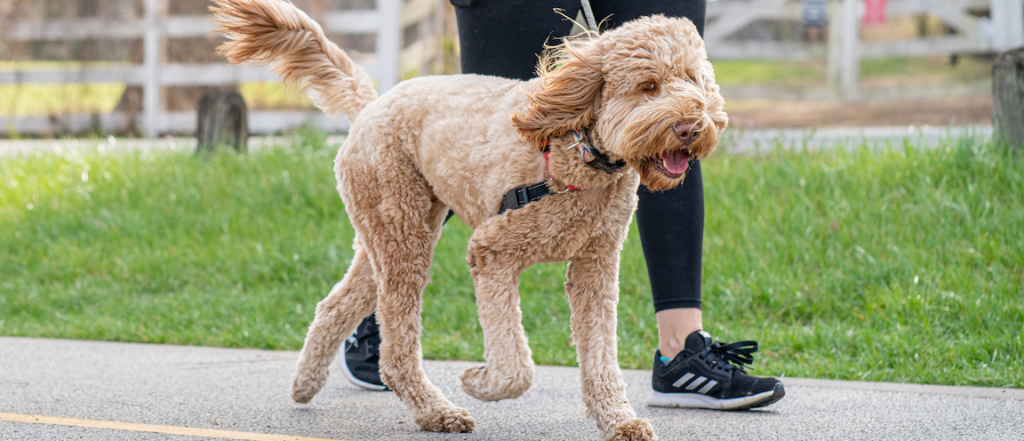
II. Confirmation Bias
Confirmation bias is the tendency to interpret information and events in a way that confirms our existing beliefs.
If we start to believe, for one reason or another (perhaps because of our own dislike for a certain breed or because of a negative past experience we’ve had), that our dog is more reactive to, say, pit bull types, than other breeds of dogs, it is very easy to fall into the trap of then concluding that all reactivity directed at pit bulls is happening because of their breed, but to conclude that reactivity toward dogs of other breeds is a result of myriad other factors, like how close the dog passes by, how they are behaving, our dog’s current mood, and so on.
And every time we (mistakenly) attribute reactivity in this way, our belief grows stronger that our dog, indeed, cannot stand the sight or smell of pit bulls.
Confirmation bias is something that’s nearly impossible to avoid, but we can combat it by being aware that it exists, and by asking ourselves questions that challenge our current views.
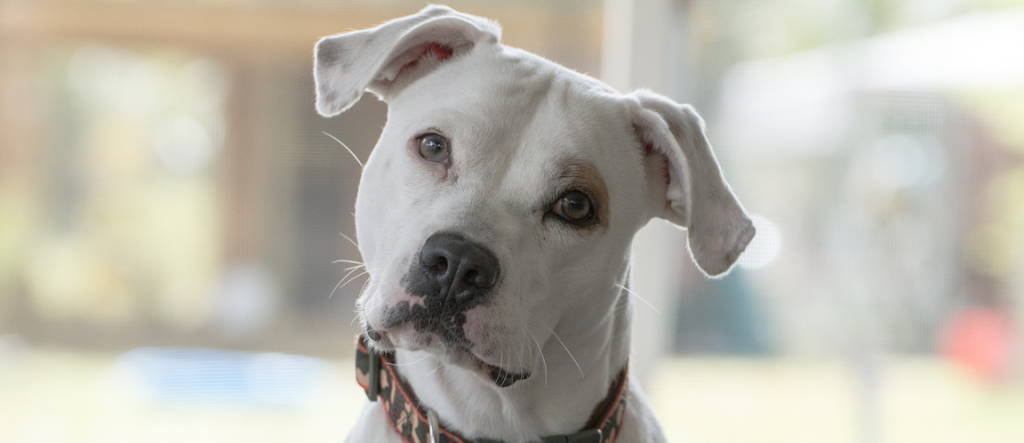
III. Breed or Phenotype?
The points above about breed popularity and confirmation bias point out potential ways we might draw incorrect conclusions about our dogs’ breed preferences.
Thissection on Breed vs. Phenotype captures—in my opinion—what what we get right and what we get wrong about what we believe to be our dogs’ breed-based preferences. And, it highlights ways that we as dog owners can dig in and develop a richer understanding of our dogs’ behavior.
Scientists generally agree that dogs regularly assess other dogs based, in part, on their physical traits. It’s just that a fondness (or dislike) for certain physical traits doesn’t necessarily equate neatly to a dislike for a specific breed.
Indeed, framing a dog’s preferences in terms of breed alone—a common tendency of dog owners—may lead to an incomplete, oversimplified understanding of our dogs’ likes and dislikes. We may think our dog is reacting—positively or negatively—to a specific breed, when they’re really reacting to a specific phenotype.
What’s a Phenotype?
A phenotype refers to the set of observable traits or characteristics—both physical and behavioral—displayed by an individual animal, resulting from the interaction between the animal’s genetics and their environment.
Let’s use our trusty German shepherd as an example (sorry GSDs, you’re one of my absolute favorite breeds but a whole lot of dogs do seem to find you…unsettling).
You may have concluded, through repeated observation, that your dog hates German shepherds: they react to German shepherds at a higher rate and with more intensity than they do with most other breeds they encounter.
But is it really German shepherds they dislike? Or is it large dogs with pointy ears and long snouts who lean toward them while making lots of prolonged eye contact?
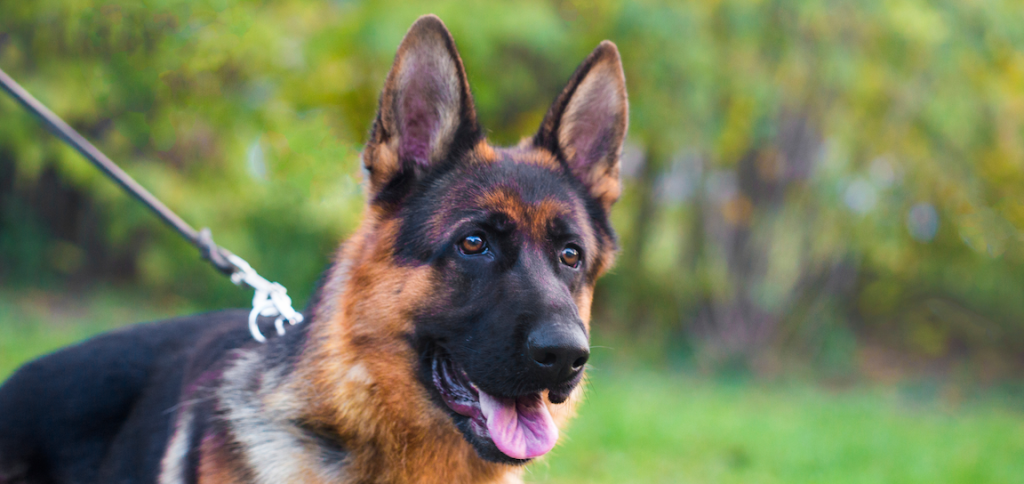
If your dog passes by a German shepherd who is calmly sniffing the ground, body relaxed and turned away from them, paying them absolutely no mind, will your dog still have an exaggerated, extra intense reaction toward them? Or will they respond to that GSD more like they would any other large breed dog?
Does your German shepherd-hating dog also have a harder time with other medium-to-large, “wolfy” looking individuals who stare and lean forward, like malinois, huskies and some other larger northern breeds?
The Interplay of Physical Traits & Behavior
More often than not, when we feel like our dogs despise a certain breed, what we’re actually seeing is a dislike for a certain combination of physical traits and behaviors. Depending on the scenario and the individual dog, either behavior or physicality can hold more sway in eliciting either a positive or negative reaction.
Case in point, the clients of dog-reactive dogs referenced earlier in this newsletter rated dogs with certain behavioral characteristics as far more likely targets for increased reactivity than any specific breed/mix. Energetic/excitable dogs (31.9% of respondents) and “pushy”/forward dogs (26.2% of respondents) topped the list as most offensive to their reactive pups.
On the flip side, twenty-seven percent (27%) of those same reactive dog owners shared that their dogs react more frequently and more intensely to large dogs than to small ones. Dogs understand—consciously or subconsciously—how BIG other dogs are. The bigger an individual, the greater potential threat they present to your dog if an interaction goes south. It’s natural (and often prudent) for many dogs to be more cautious of larger breed individuals, especially in up-close interactions.
There are other physical traits that rate as naturally more concerning to our dogs. Dogs with upright/pointed ears, broad muscly chests, or naturally high tail carriages might be perceived as more agonistic (combative), regardless of that dog’s intent. And, traits like really long, fluffy hair or hair that covers a dog’s eyes can be scary or off-putting to lots of other dogs.
If this all seems complicated, it can be helpful to visualize a dog’s physical traits and behaviors as separate entities that can each create a positive, negative, or neutral impression on other dogs. Those individual impressions can then compound to create a very positive (or very negative) overall picture. Or, physical traits and behavior can sort of offset one another—as in our example of the dog who typically dislikes large breed dogs with pointy ears and long snouts who stare and lean, but who can tolerate a German shepherd (negative impression based on physical traits) who is calmly sniffing the grass (positive or neutral impression based on behaviors displayed).
Impactful Experiences Matter
It is not always the case that a dog takes into account both physical traits and behavior when sizing up another dog.
If a dog has had a very negative or traumatic experience—or multiple negative experiences—with a member of a specific breed, they may come to associate just the physical characteristics of that breed as threatening. As a result, they may react with an automatic, classically conditioned negative response to the sight of a dog who shares those physical traits, regardless of how that dog is behaving.
On the flip side, some dogs may come to hold very positive associations toward dogs whose physical traits that resemble their own—not because they know they “look like me”, but because their earliest memories are of their loving mom, aunts/uncles, and siblings who held shared physical characteristics.
On a light-hearted personal note, our first to Instinct Helper Dogs, Buster and Sammy, came to react with unbridled joy toward every approaching Dachshund they saw after falling madly in love with a completely delightful little Dachshund pup named Dallas, who lived with us for several weeks for a Puppy Raising camp. (Buster and Sammy helped us raise dozens and dozens of puppies, and they loved most of them, but none left such a lasting impression as Mr. Dallas).
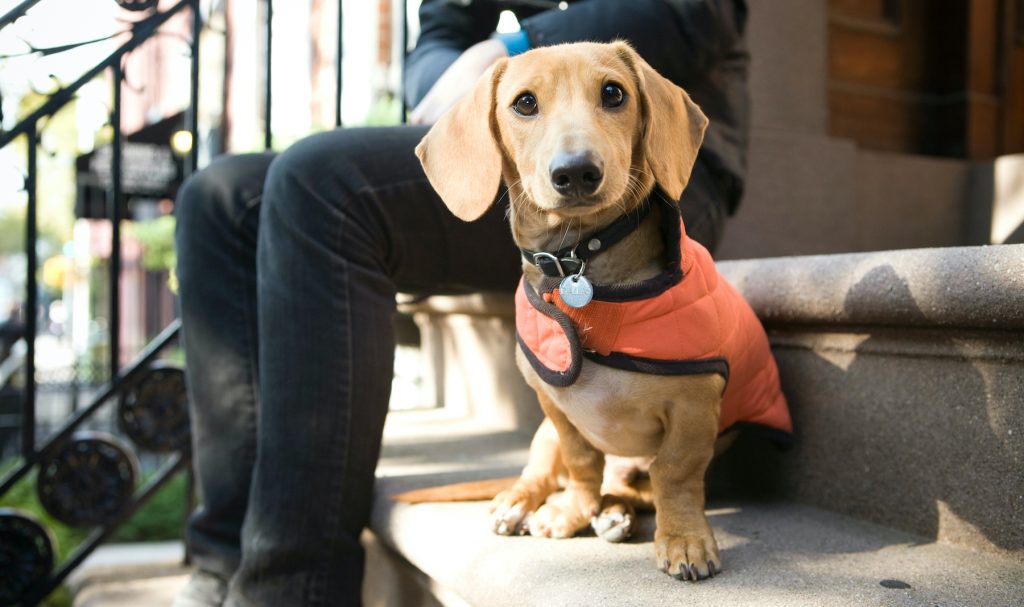
Are We Just Splitting Hairs?
Sort of, but they’re hairs worth splitting!
At the end of the day, is it really that harmful to believe that our dog dislikes some breeds more than others?
It depends. It can be mostly harmless to rely on a kind of mental shorthand and track your dog’s preferences for other dogs by breed instead of by phenotype. But it’s important to recognize that doing so might leave you vulnerable to having an oversimplified, incomplete view of your dog’s likes and dislikes. Which, in turn, makes it more likely that you will make certain missteps and mistakes with your dog around other dogs.
Challenging yourself to take a more nuanced view of your dog’s likes and dislikes becomes especially important if you are trying to help them with issues like fear or reactivity toward other dogs on leash, or if you are working on trying to develop a “friend profile” to aid in off-leash socialization.
Because now, instead of assuming that your reactive dog will automatically LOVE every golden retriever that crosses their path, you can start to know that your dog enjoys most golden retrievers and dogs with similar physical features, who approach them with a soft, wiggly body and are responsive to your dog’s requests for space, but that they dislike over-the-top excited goldens who rush into their personal space and ignore their cues.
And, instead of automatically crossing the street when you see a German shepherd down the block, you can assess how that GSD is behaving as an individual—while also reading your dog’s behavior, of course—then make an educated guess about how much distance your dog is likely to need to feel comfortable.
Share Your Thoughts
Which phenotypes (physical traits and behaviors) does your dog typically love or typically hate in other dogs? Has your dog had a past impactful experience—positive or negative—with a specific breed that still influences their behavior today? We’d love to hear from you!
Send us an email at [email protected]
Bonus Section:
Help Your Dog Appear Less Threatening to Other Dogs
If you own a breed or mix whose physical appearance (and/or current behavior) makes them appear more threatening to other dogs, there are some simple things you can do to reduce your dog’s “threat level” and thus, make them a less-frequent target of reactivity and aggression from other dogs:
- Work on unprompted attention and leash skills around other dogs.
- Unprompted attention means your dog will spend less time doing long, fixated staring—a super common trigger that causes other dogs to bark/lunge—and more time doing 3-4 second looks, then reorienting to check in with you. Walking on a loose leash instead of straining/pulling at other dogs also makes other dogs far less likely to react negatively toward them
- Work on sniffy games around other dogs.
- Sniffing is a common displacement behavior many dogs use to avoid altercations or interactions with other dogs. It’s very effective at diffusing tension, as other dogs seem to get the signal that the dog in question isn’t looking for trouble
- Adopt “Dog-Friendly” Grooming Practices.
- If your dog’s hair typically covers their eyes, trim it so their eyes are clearly visible (and consider keeping their facial hair shorter in general). This helps others dogs get a better sense that they are, indeed, looking at another dog—and they can better tell where your dog’s attention is focused. And, it ensures YOUR dog isn’t left feeling anxious from impaired vision.
- Maintain proper leash length and use basic defensive handling around other dogs, as outlined here.
Even if you feel like your dog seems unaffected by getting barked and lunged at by other dogs, take time to work on the skills above. The goodwill and tolerance they are currently displaying can wear down over time. It’s far easier to protect your dog’s behavioral health and maintain positive or neutral feelings toward other dogs through proactive training that reduces how often they’re getting yelled at by other pups.
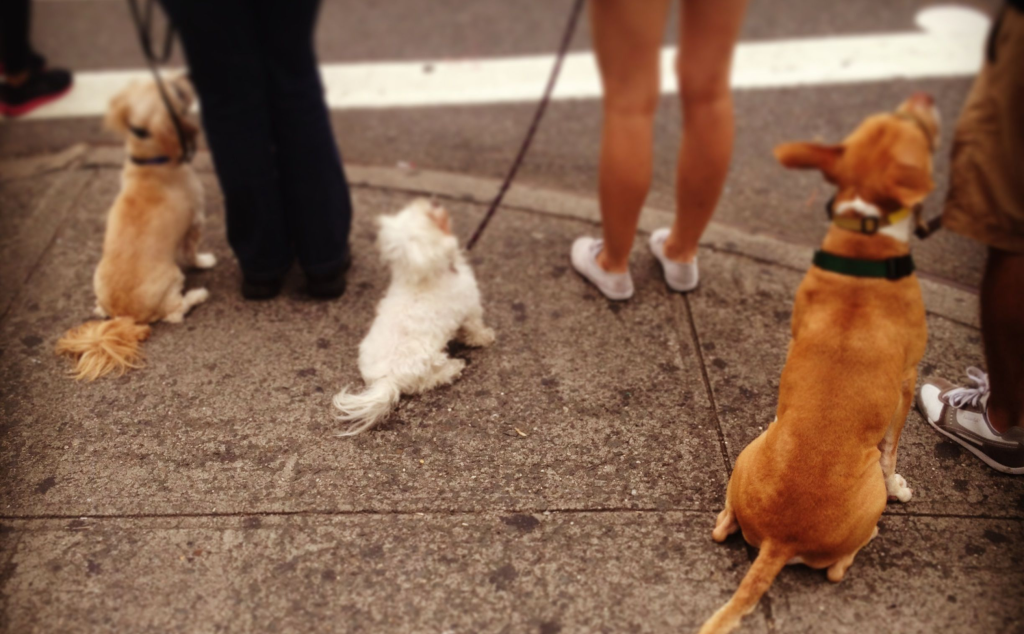
NEED TRAINING OR BEHAVIOR SUPPORT?
Check out the resources below!

Check out Instinct’s award-winning podcast, Dogs Unknown (fka DogLab), hosted by Instinct Co-Founders Sarah Fraser (me!) and Brian Burton.

Join one of our free, live training & behavior seminars via Zoom!
Hosted by Instinct behavior consultants, these seminars include a 1 hr presentation plus live Q&A session. Open to all!
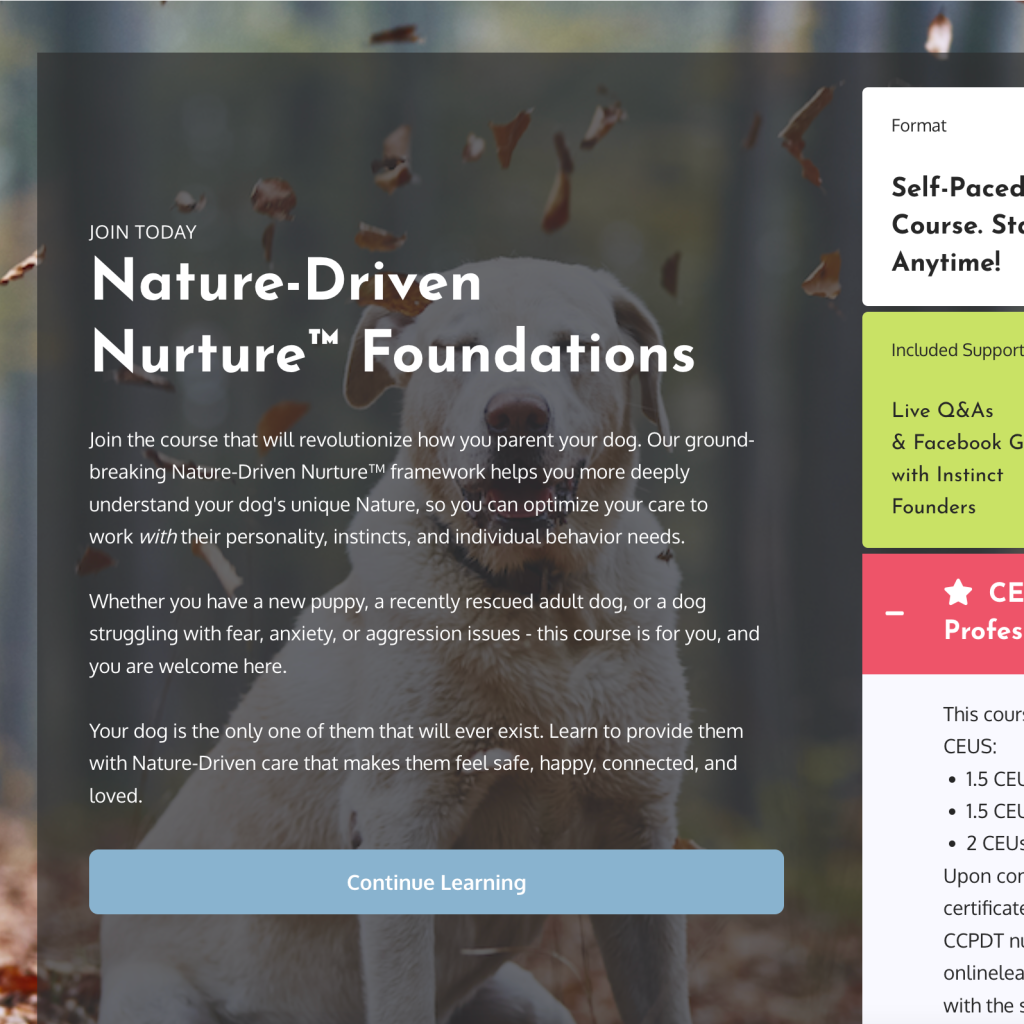
Sign up for the Nature-Driven Nurture Foundations course in our Online School. Learn our groundbreaking canine behavioral health framework that teaches you how to optimize your dog’s training & care based on their unique, individual Nature. This self-paced course includes:
- Access to private Alumni Facebook group
- Twice-monthly Zoom Q&As with Instinct co-founders
Or, contact your local Instinct for fully customized training & behavior support with certified, veterinarian-recommended trainers and behavior consultants.
